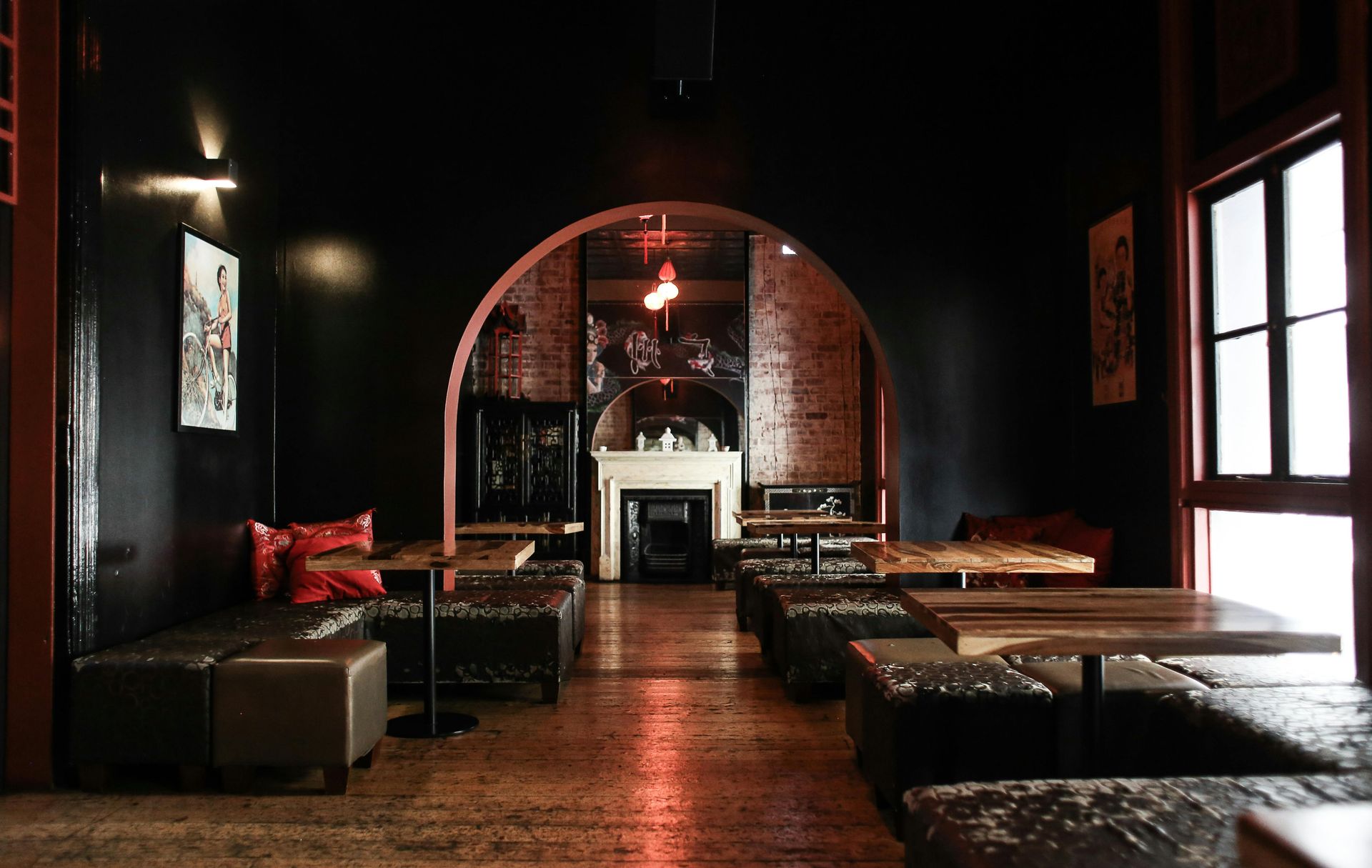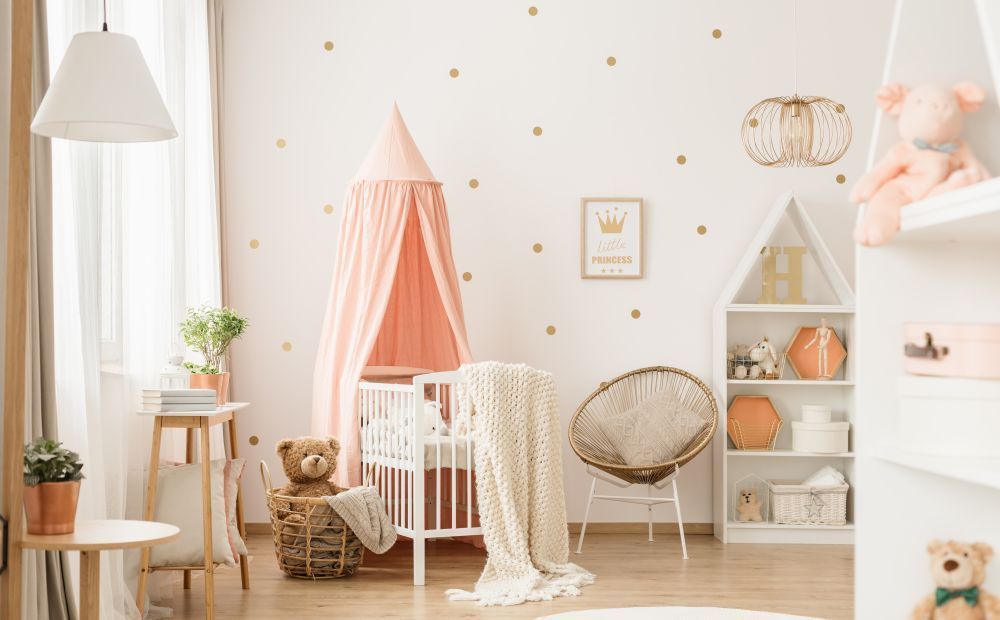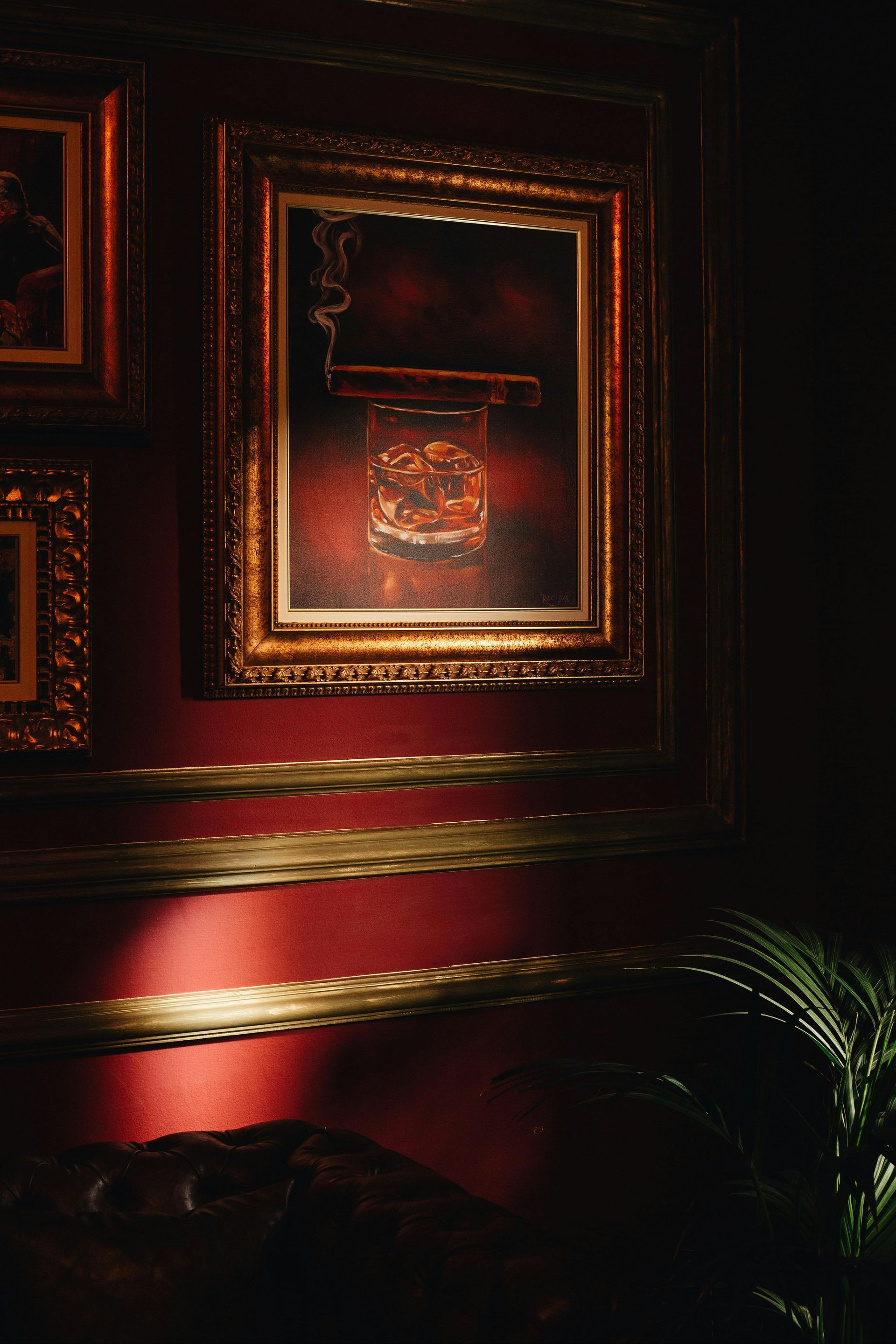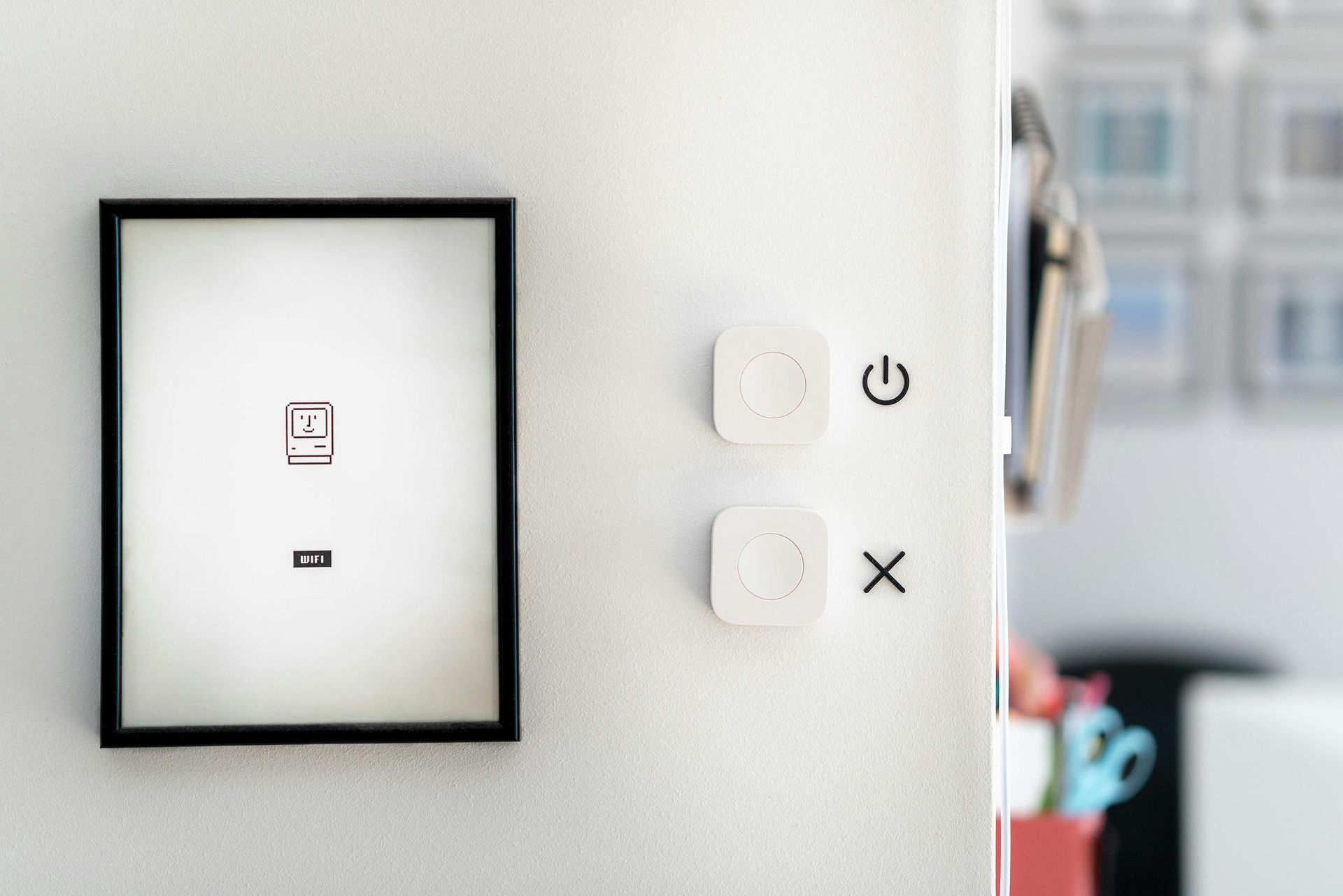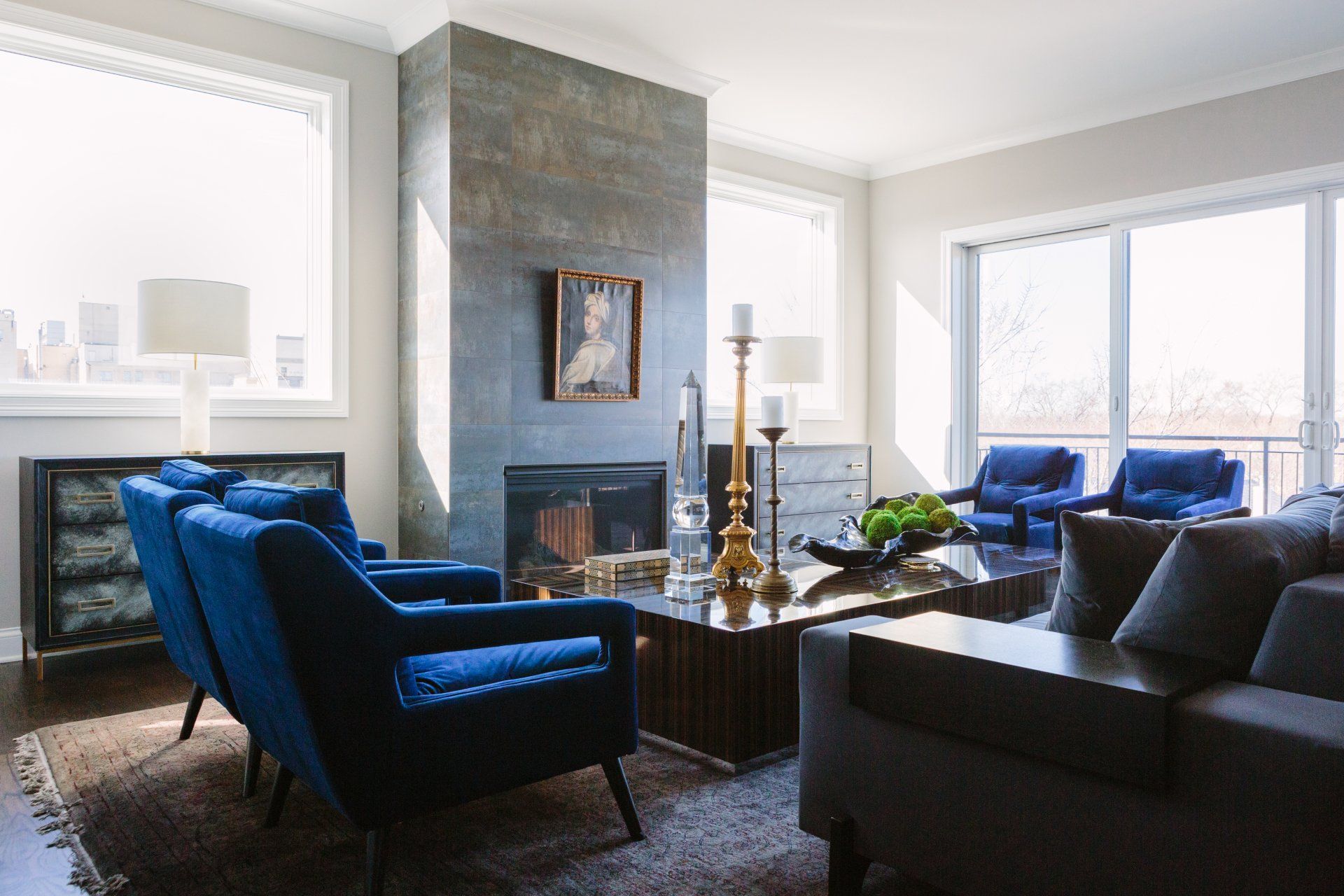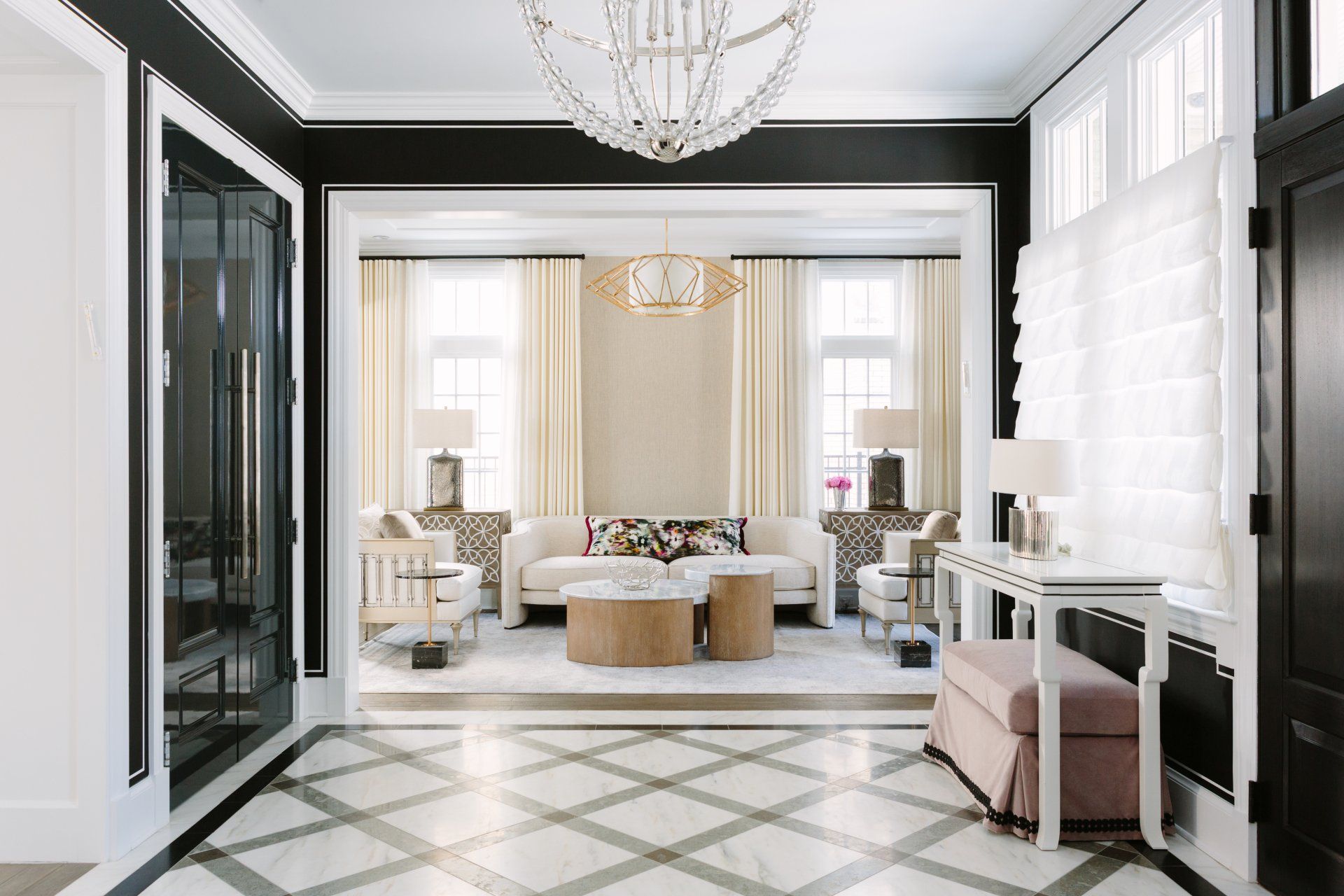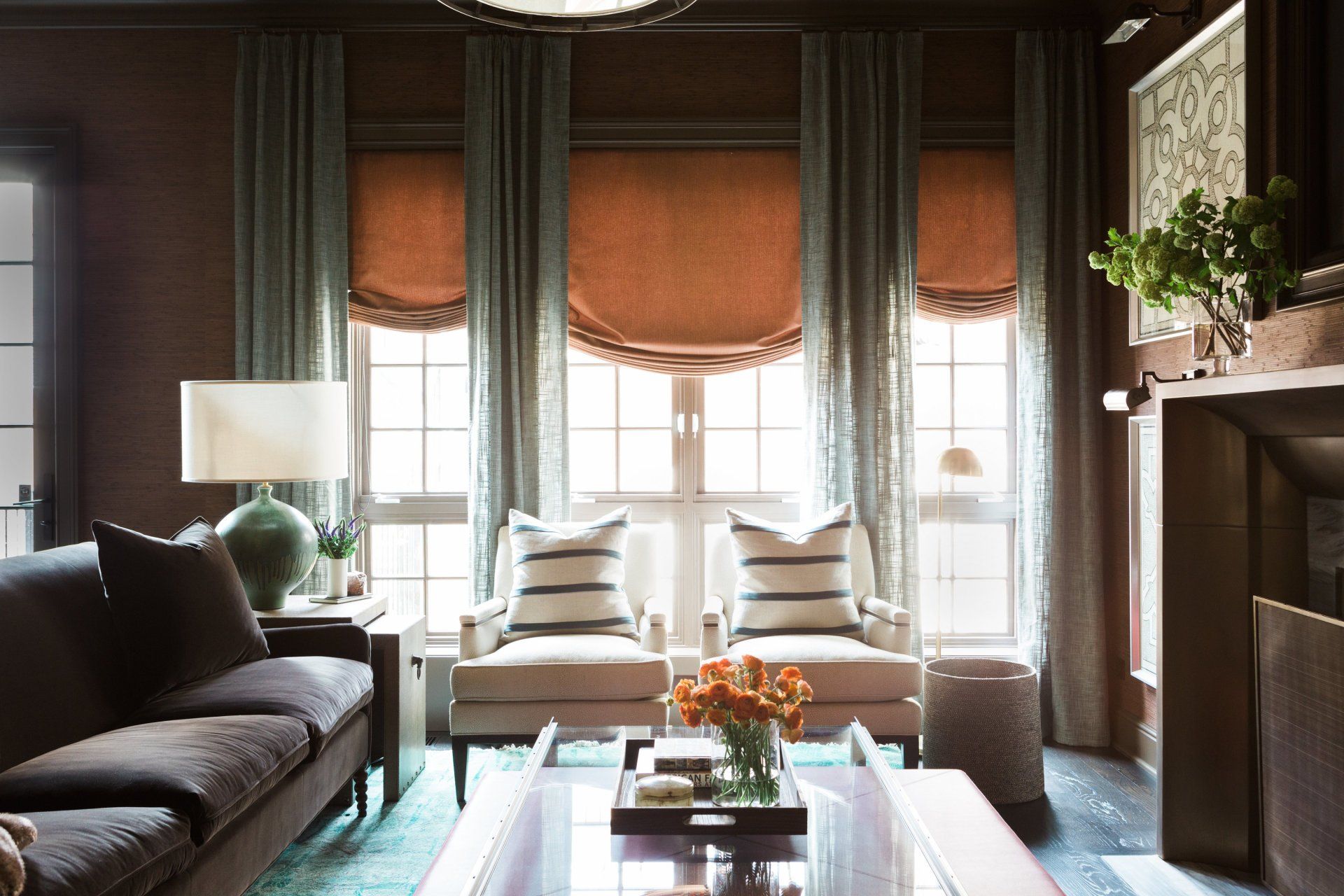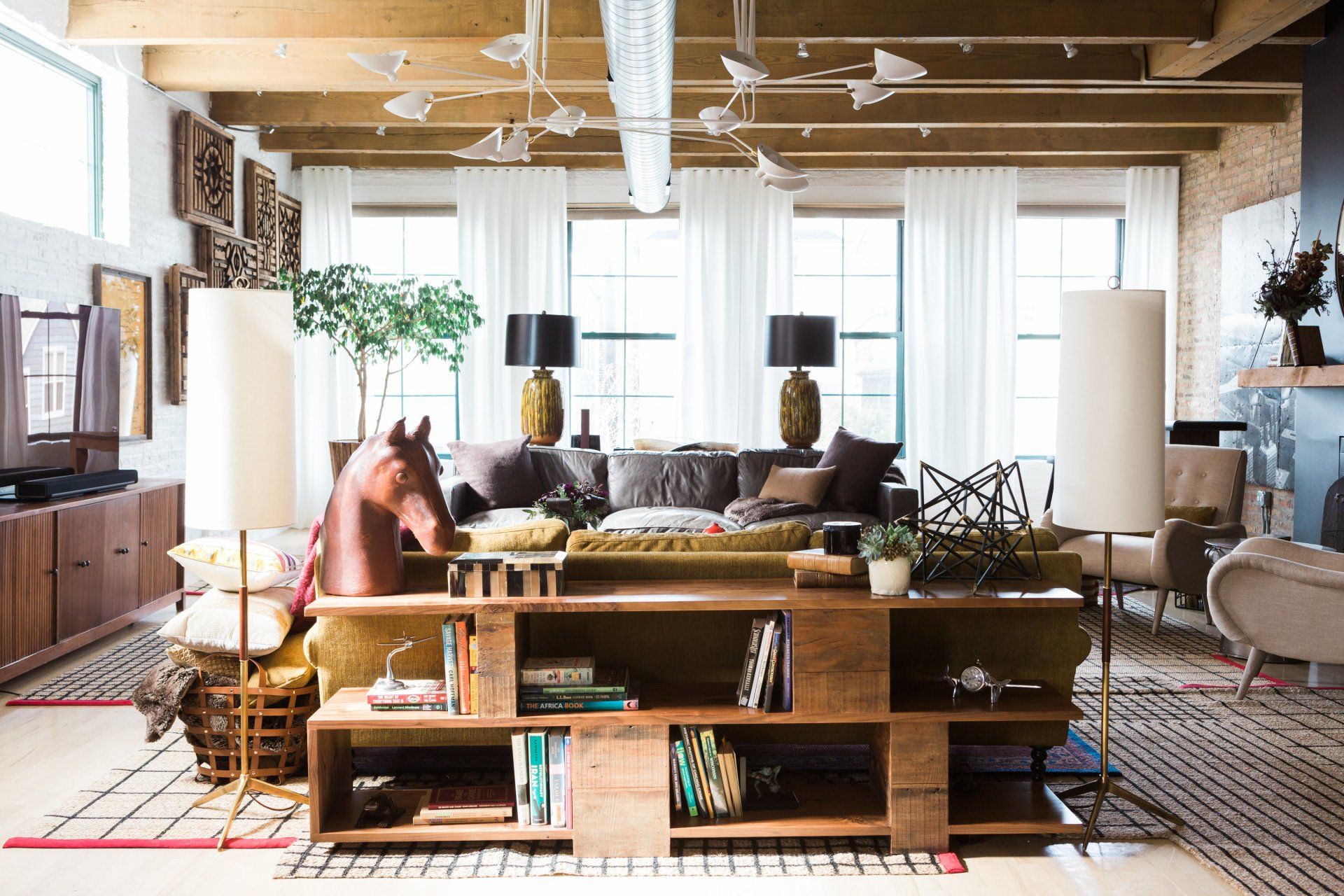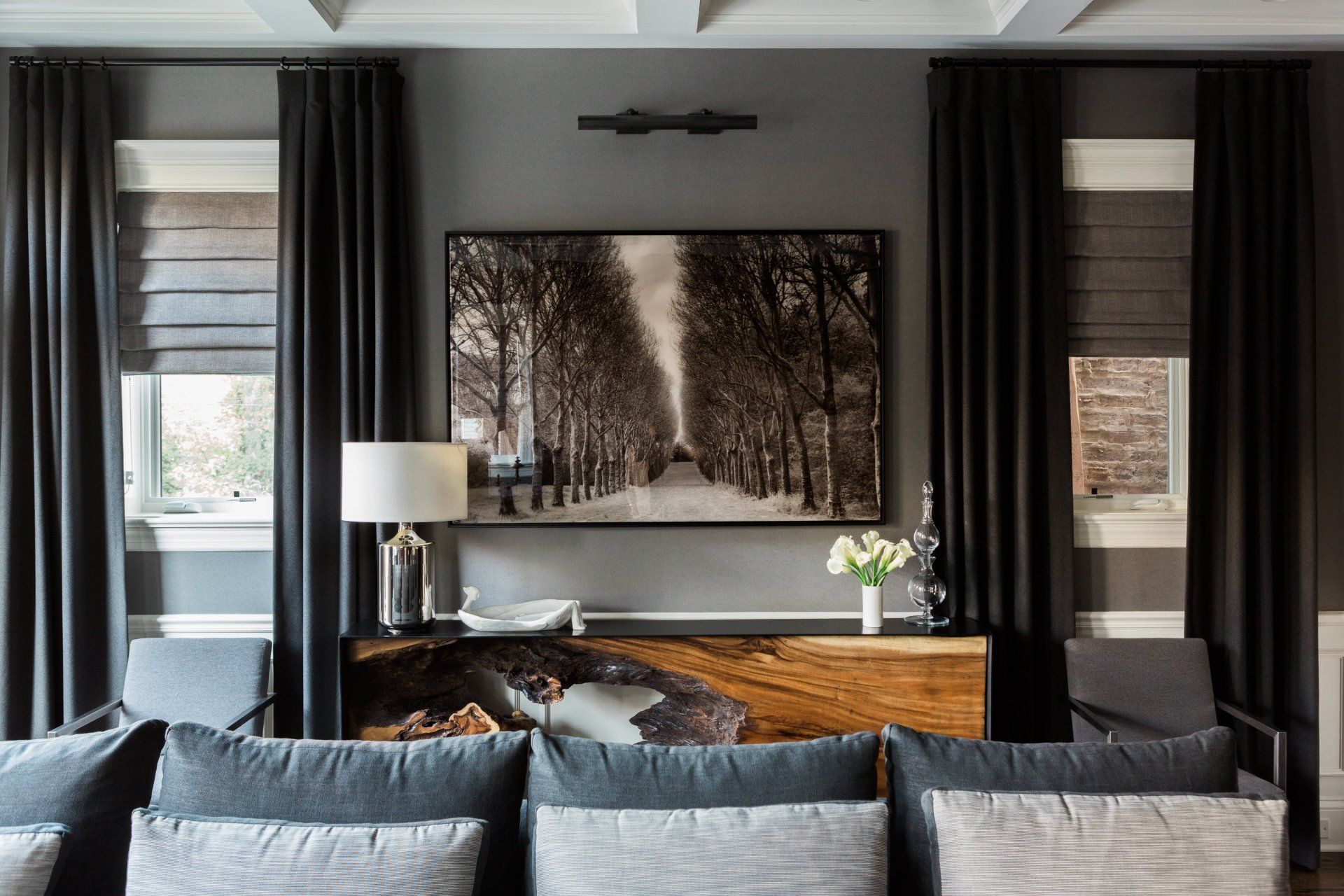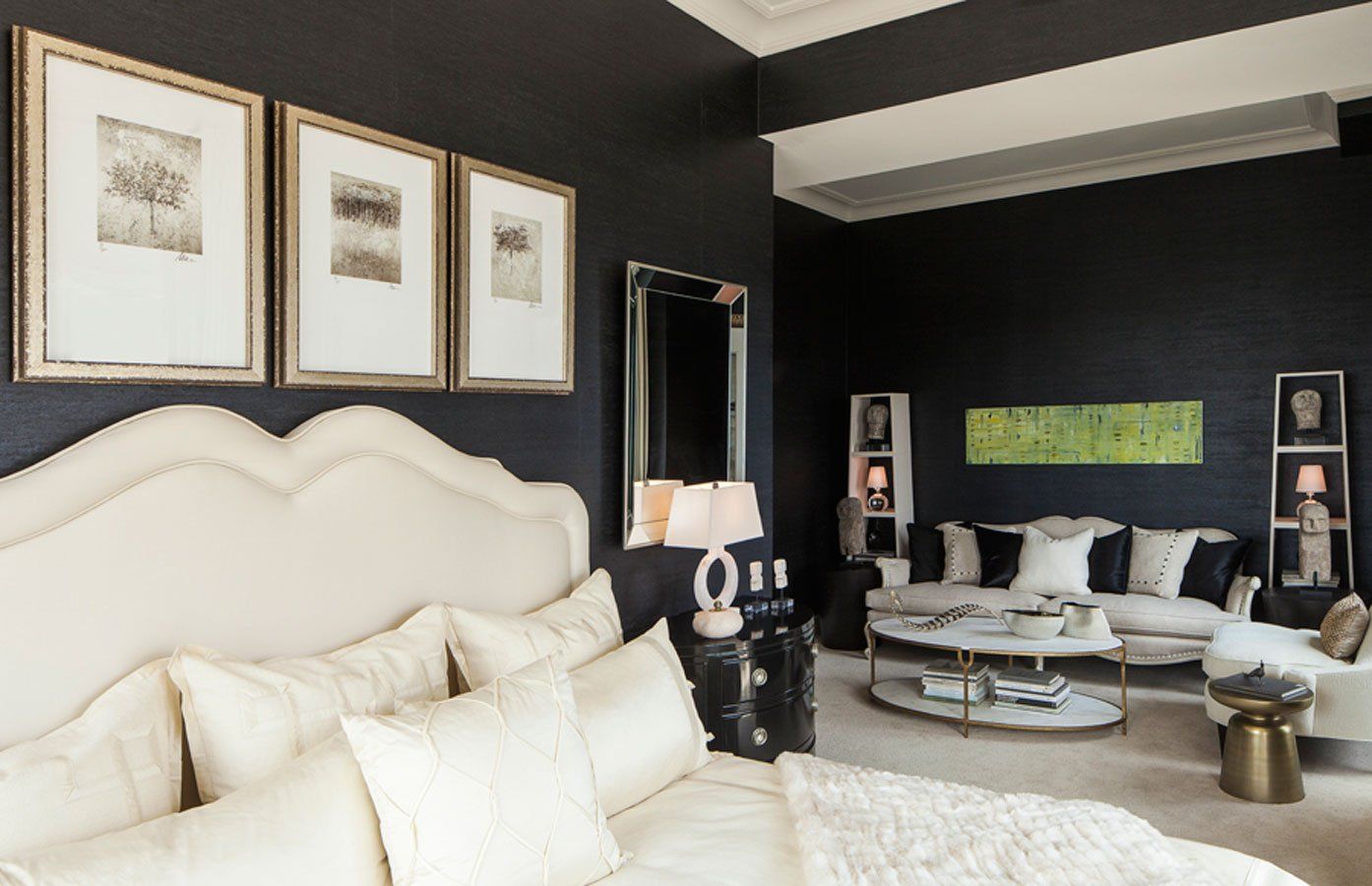How to Create a Dedicated Hobby Space That Inspires Creativity
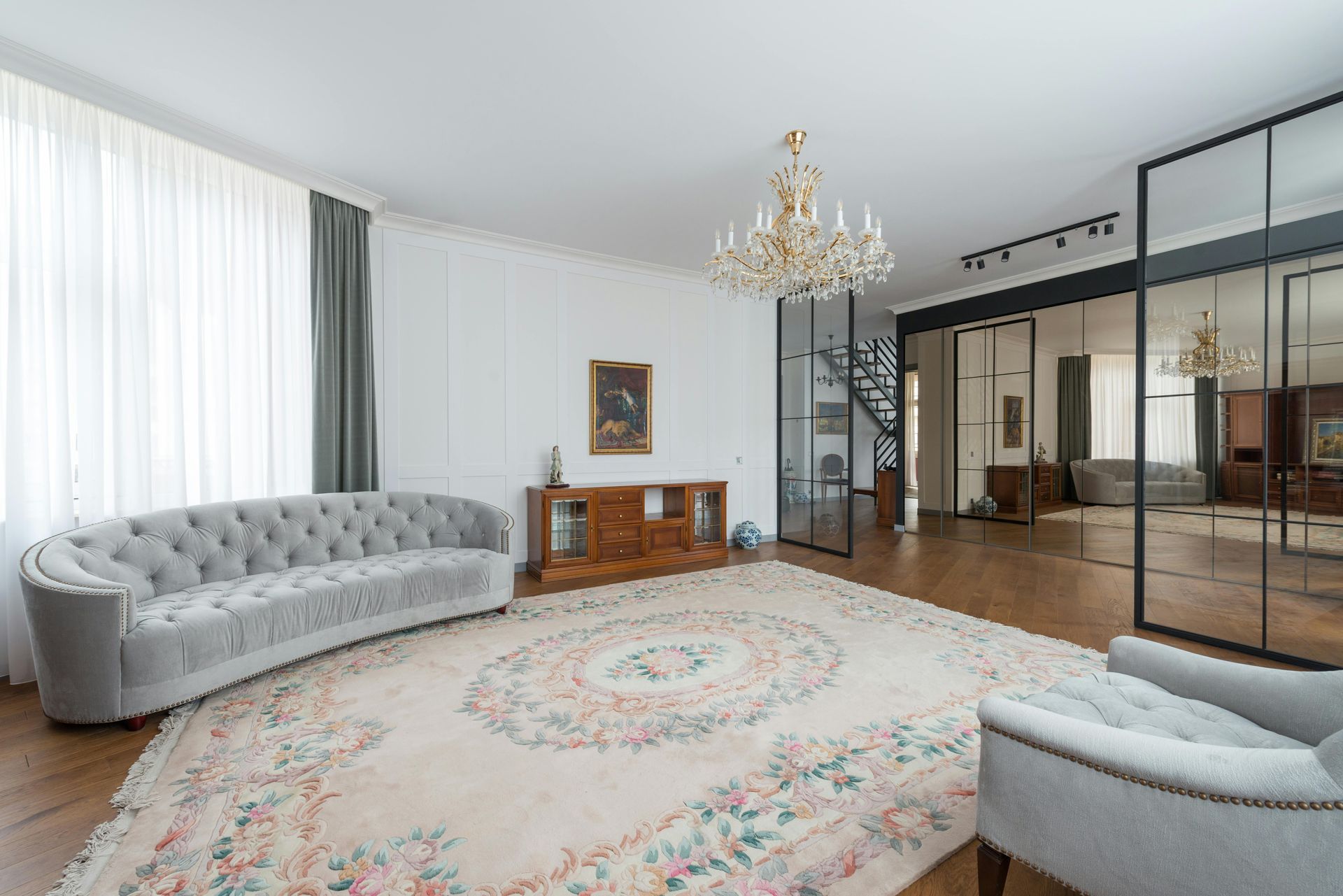
Whether you use them to record podcasts, maintain a fitness routine or awaken your inner artist, hobby spaces can become places where you unwind, develop skills and participate in meaningful activities. What should you consider when creating a dedicated hobby space in your home?
1. Plan According to the Desired Activities
Determine features that can increase convenience. For example, using the room for art projects might mean installing laminate flooring rather than carpeting, which makes it easier to clean up spills. Make room for your full setup and comfy furniture when creating a gaming space. Adding more than one chair supports multiplayer activities.
Perhaps you’ll use the hobby room to hone your musical skills and eventually record a home album. Soundproofing panels keep the associated noise in your hobby room. Along with blocking exterior noise, sound-dampening curtains can block
up to 95% of incoming light, making them ideal for creating a space for processing film.
Activity-specific features can foster creativity by providing what you need to flourish during your favorite pastimes. Planning for the necessities ahead of time can reduce stress, rather than beginning to use the hobby room and realizing it needs to be changed.
2. Choose the Best Place
Consider the place in your home that best suits your activities. You may not need a home office due to return-to-office mandates, or you may have an extra room because an adult child moved out. If your home has no unused rooms, maximize any additional space. Reading nooks can double as cozy places for drawing, knitting or writing.
Garages are ideal for hobbies such as woodworking, furniture restoration, and sprucing up a car or motorcycle if you’re not using the space. Not only do garages allow for larger spaces to engage in your hobby, but they are typically temperature controlled due to wooden or fiberglass doors
providing natural insulation, establishing year-round comfort as you work.
3. Channel Your Interior Designer
The room’s appearance can go a long way toward getting your creative juices flowing and making you love spending time in it. Decide whether to have a clear theme or embrace randomness. When selecting colors, designers recommend devoting 60% of the room to a dominant hue. Reserving 30% for a secondary option and the last 10% for accent shades completes the look.
Prioritize decorating with things that make you smile despite life’s stresses and distractions. That might mean giving a few action figures or stuffed animals places of honor on a bookshelf or building a gallery wall featuring travel photos.
4. Allow Space for Shared Activities
Some of the most meaningful creative endeavors happen with others. You might host a podcast, strengthen your ping-pong skills or paint on canvases with your best friend. Feedback from those you trust can also validate your ideas or illuminate new avenues to explore.
It’s wise to plan the hobby space with the intention of spending more time with others. A 2025 survey from arts and crafts retailer Michaels found that
88% of shoppers said crafting increases their quality time with loved ones. To maximize seating in your hobby space, consider stools, benches, and ottomans. Desks that fold into the wall also make the space enjoyable and productive.
5. Simplify Storage to Prevent Clutter
If a hobby room becomes cluttered, it is less useful overall, especially if you spend too much time searching for items that enrich the activities. Devise organizational strategies that work for you and what you plan to do in the space. For example, your fitness or yoga routine may need boxes to fit foam blocks, weights and straps, while artists benefit from ample drawers that hold pens, markers, paints and scrapbooking supplies.
Storage products that can be moved are ideal if your hobby space occupies part of a larger room. It’s then easier to stow them out of the way to accommodate guests. One expert suggested
using a wheeled cart to keep hobby-related items accessible and mobile. Peg boards and over-the-door organizers allow you to store items vertically, leaving more floor space open.
Enjoy the Flexible Space For Your Hobbies
An adaptable hobby space stays valuable as you continue to pursue activities. Consider the room’s layout, potential for hosting friends and decoration style. Utilize storage systems and move lesser-used items out of the way. Creating an ideal hobby space can allow you to enjoy it for years to come.



